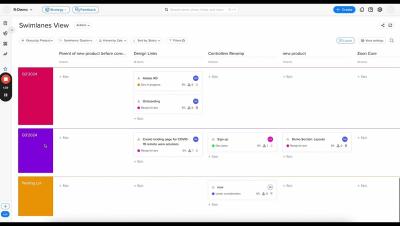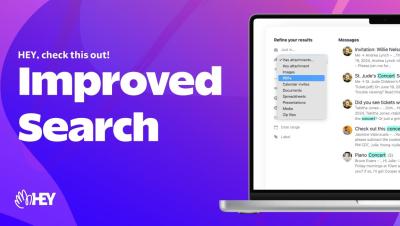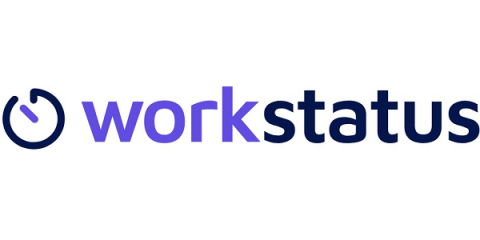Reverse groups & Swimlane order | New Release Overview
New Feature Release: Reverse Views Group & Swimlane Order! In our latest update, we're excited to introduce a highly requested feature: Reverse Views Group & Swimlane Order. This enhancement allows you to easily organize your data views, ensuring you can focus on the most relevant information for better visualization and usability.











